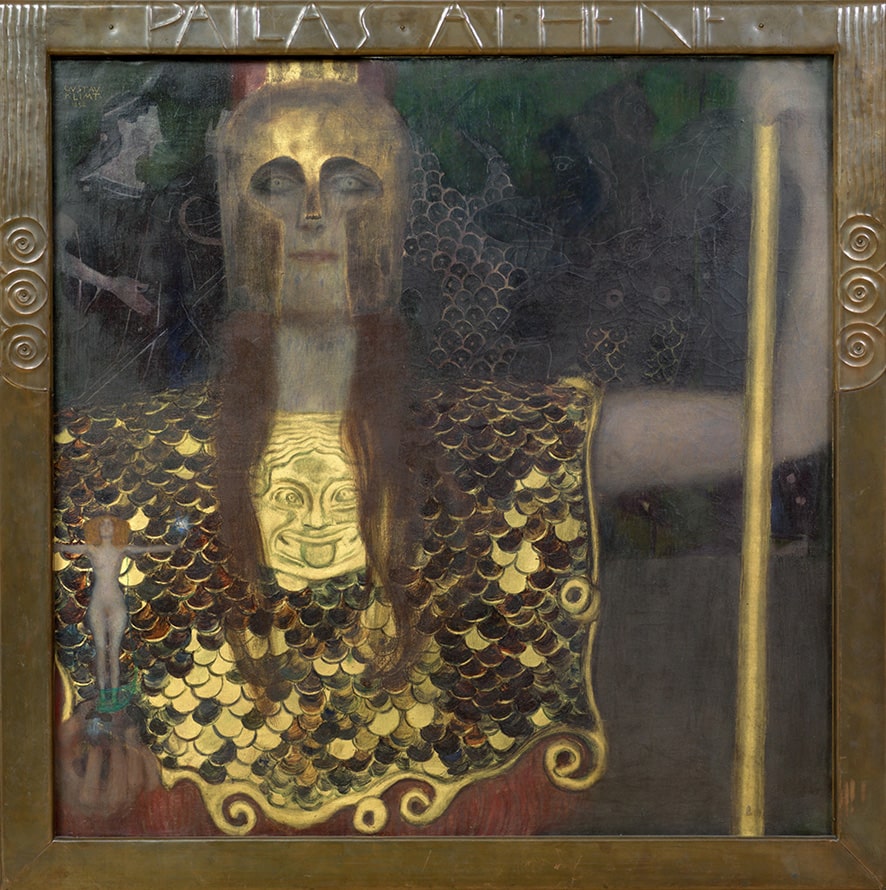“Secessions. Klimt, Stuck, Liebermann” in the Alte Nationalgalerie is dedicated for the first time to a comparison of the three art metropolises in Munich, Vienna and Berlin at the turn of the century. With the dawn of modernism, the artistic avant-gardes pushed for freedom in terms of content and institutions. Numerous artists of the new art movements of Symbolism, Art Nouveau and Impressionism were first presented at the much acclaimed Secession exhibition halls. The exhibition comprises around 200 paintings, sculptures and graphic works by 80 artists. In addition to many newly discovered artists, the cooperation with the Wien Museum focuses on the oeuvre of Gustav Klimt with numerous examples, which can be shown in Berlin for the first time on this scale.
Image above: Gustav Klimt, Pallas Athene, 1898, 75 x 75 cm, Wien Museum, Photo: Birgit und Peter Kainz, Wien Museum
In splitting off (also Secession) from traditional artists’ associations and outdated structures such as the art academies, the new associations strove for aesthetic pluralism and artistic individuality. The most important Secessions in the German-speaking world came into being in close chronological succession and with overlapping personnel: in Munich in 1892, in Vienna in 1897 and in Berlin in 1899. To this day, they are associated with the formative protagonists Gustav Klimt, Franz von Stuck and Max Liebermann and their work.
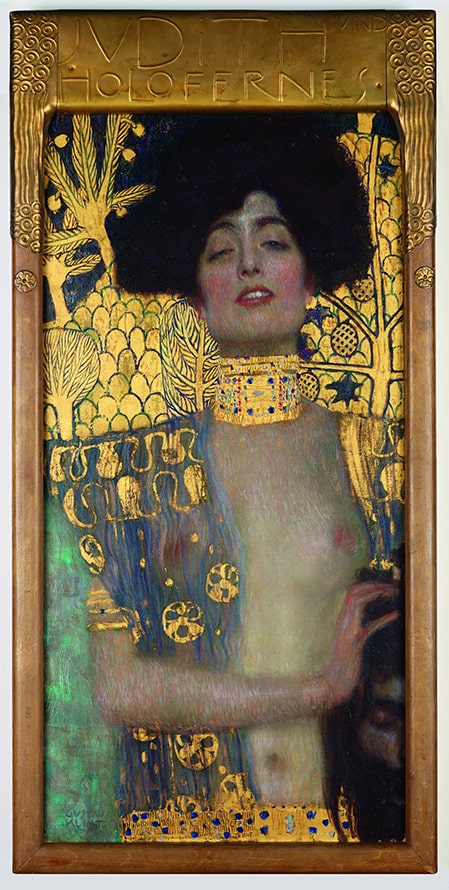
In addition, the exhibition shows works by Lovis Corinth, Josef Engelhart, Hugo von Habermann, Emilie von Hallavanya, Thomas Theodor Heine, Dora Hitz, Josef Hoffmann, Max Klinger, Käthe Kollwitz, Max Kurzweil, Walter Leistikow, Sabine Lepsius, Elena Luksch-Makowsky, Carl Moll, Koloman Moser, Maria Slavona, Max Slevogt, Fritz von Uhde, Lesser Ury, Otto Wagner, Julie Wolfthorn as well as international guests such as Ferdinand Hodler, Edvard Munch, Auguste Rodin, Giovanni Segantini or Jan Toorop.
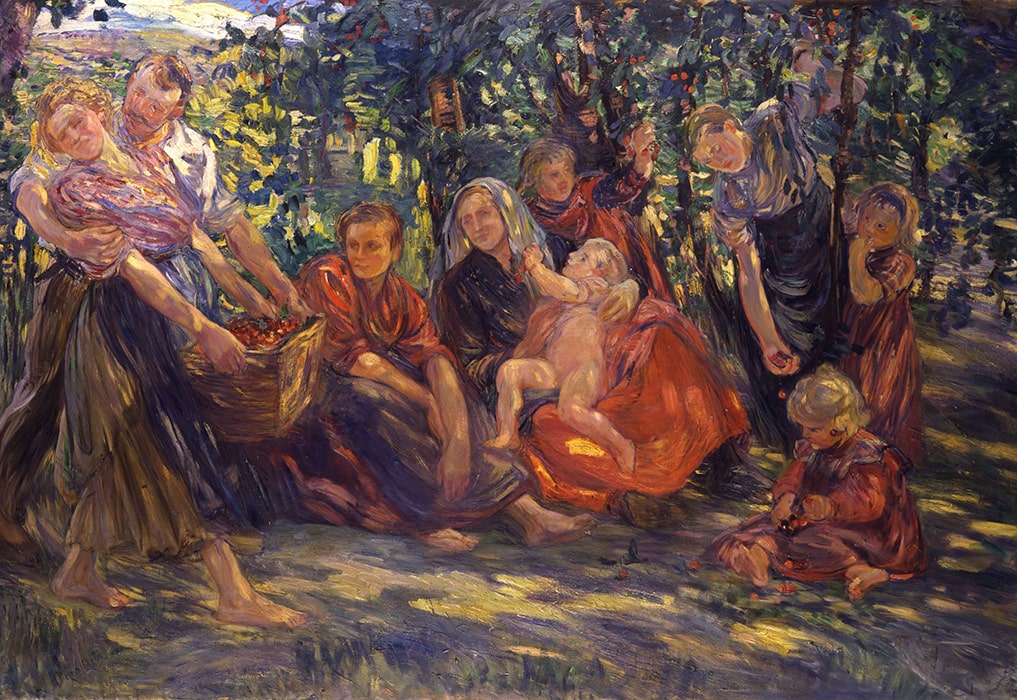
Berlin, National Gallery / Reinhard Saczevski
The comparison of the three Secessions illustrates common goals and ambitions beyond the specific local characteristics and sheds light on the phenomenon of the Secessions for the development of art in Western Europe. In addition to new exhibition formats, these included internationality and the promotion of avant-garde in every form, which not least helped innovative currents such as Impressionism and Symbolism to achieve a breakthrough in the German-speaking world as well.
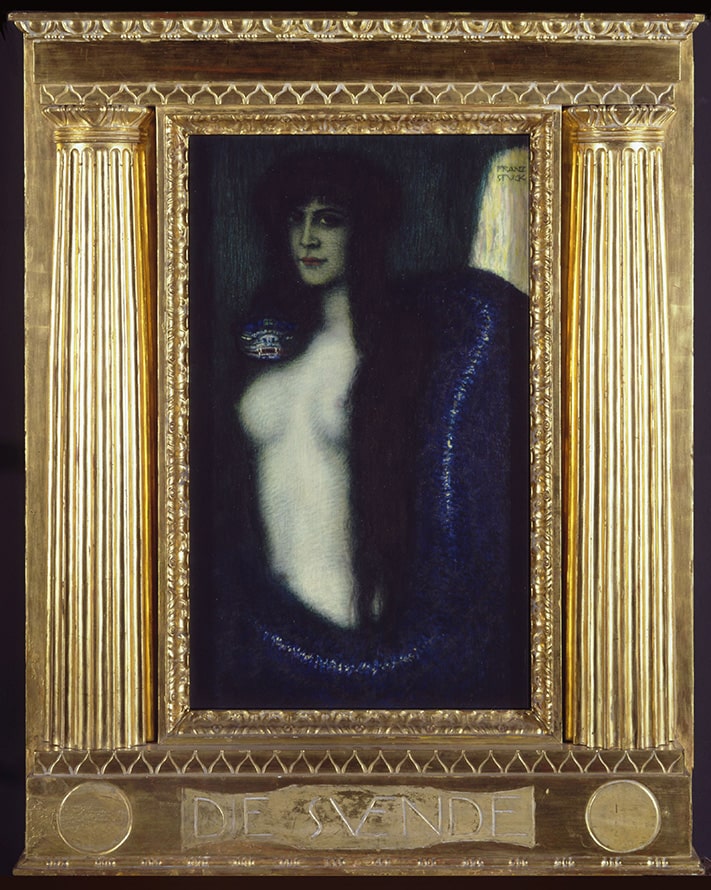
“Secessions. Klimt, Stuck, Liebermann” is curated by Ralph Gleis, Director Alte Nationalgalerie, and Ursula Storch, Deputy Director Wien Museum.
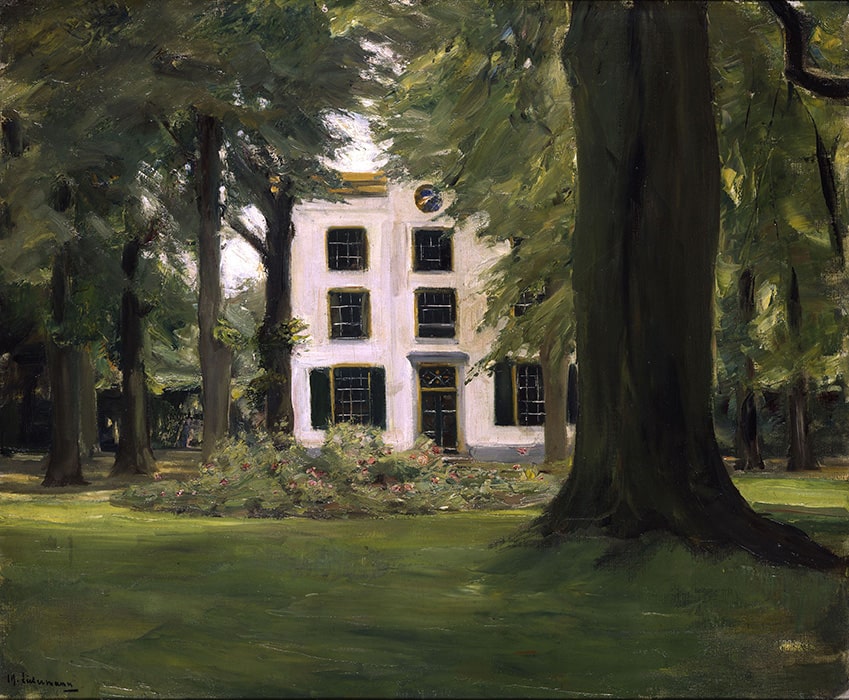
Museums in Berlin, National Gallery / Jörg P. Anders
An extensively illustrated catalogue will be published by Hirmer Verlag to accompany the exhibition. The exhibition will be shown at the Wien Museum from May to October 2024.
A special exhibition of the Nationalgalerie – Staatliche Museen zu Berlin in cooperation with the Wien Museum.
WHERE?
Alte Nationalgalerie
Museumsinsel
Bodestr. 1-3
10178 Berlin-Mitte
WHEN?
Opening:
Thursday, 22. June 2023, 7 pm
Exhibition days:
Friday, 23. June – Sunday, 22. October 2023
ATTENTION: extended until Sunday, 5. November 2023


